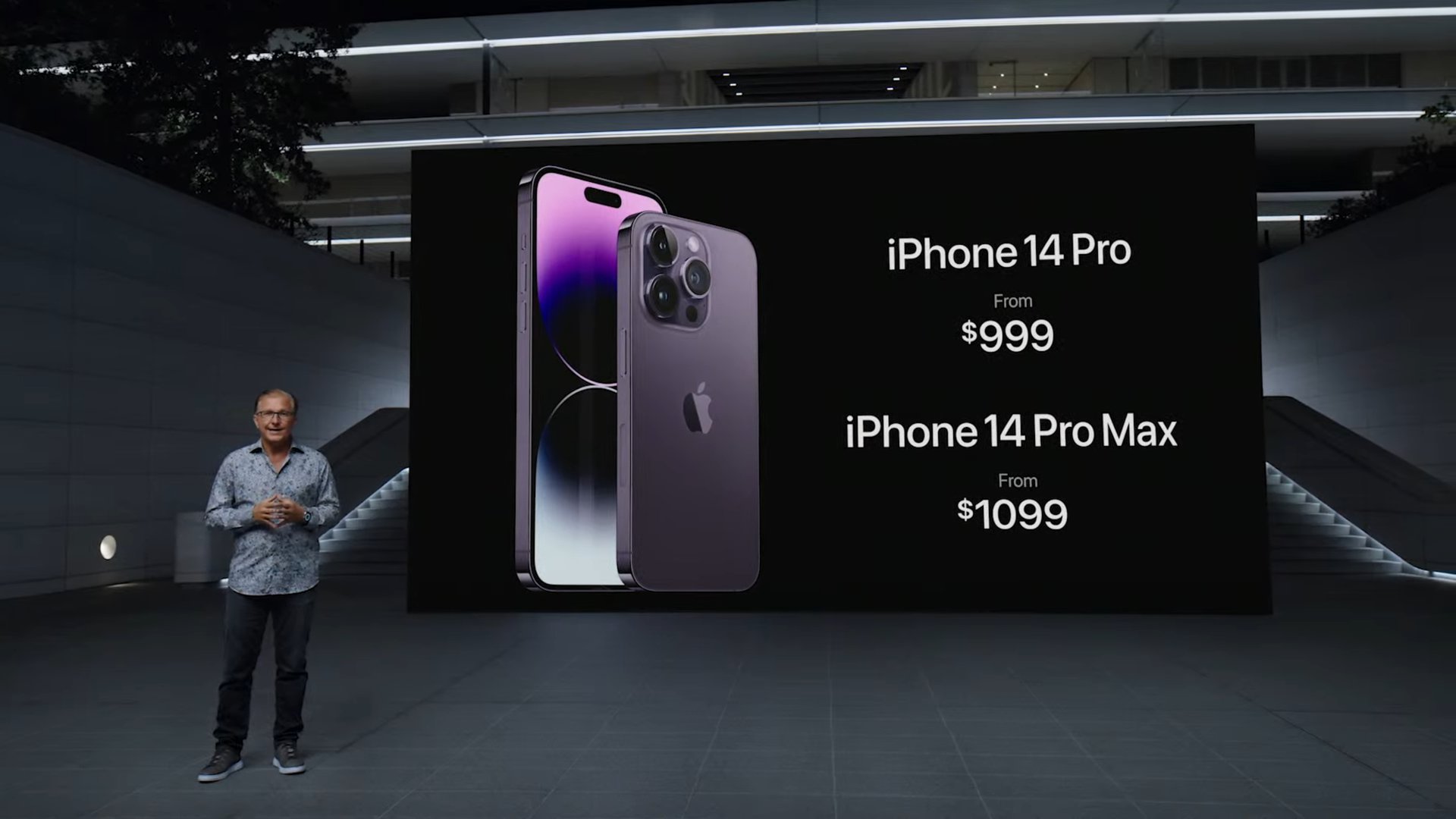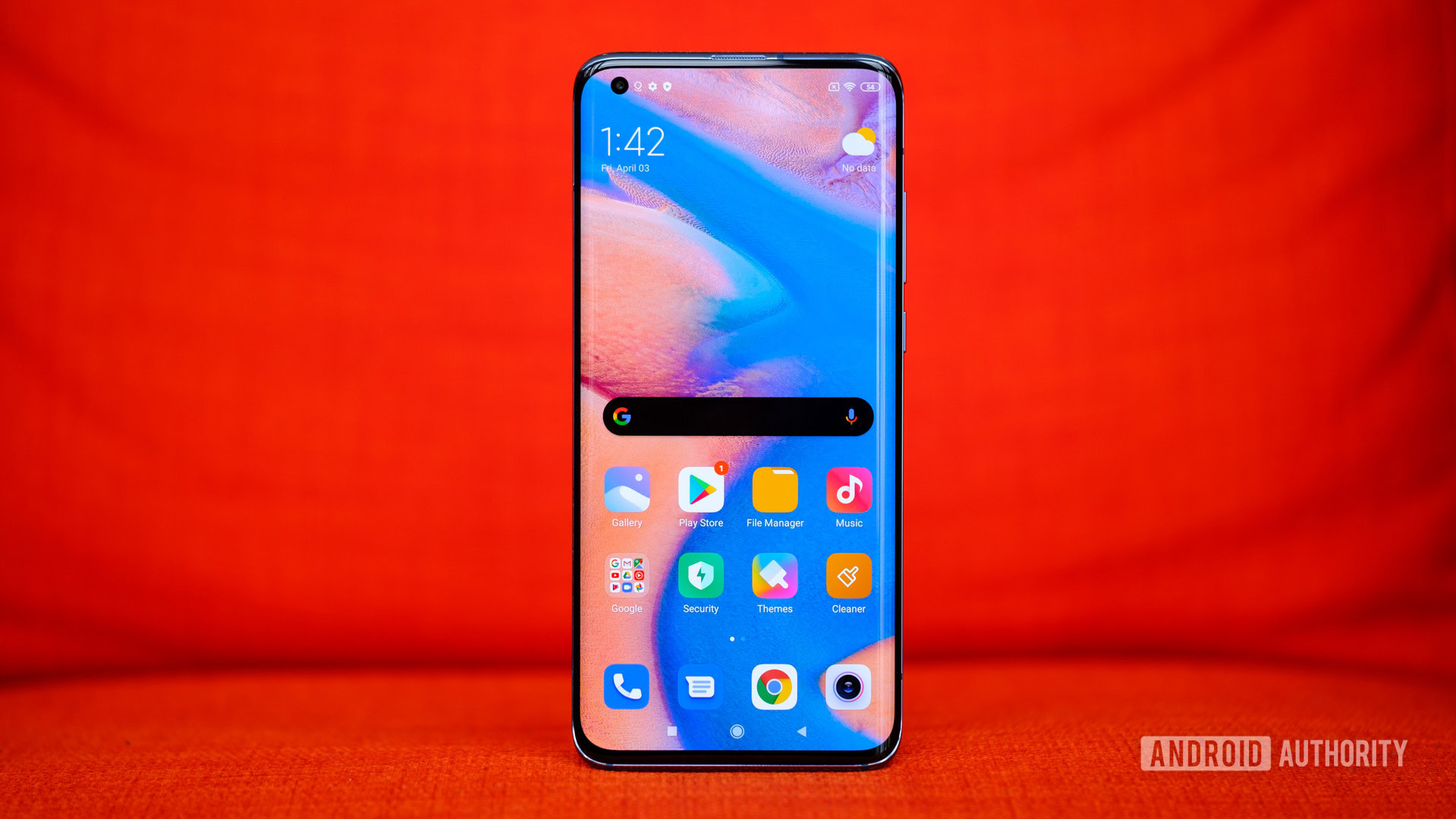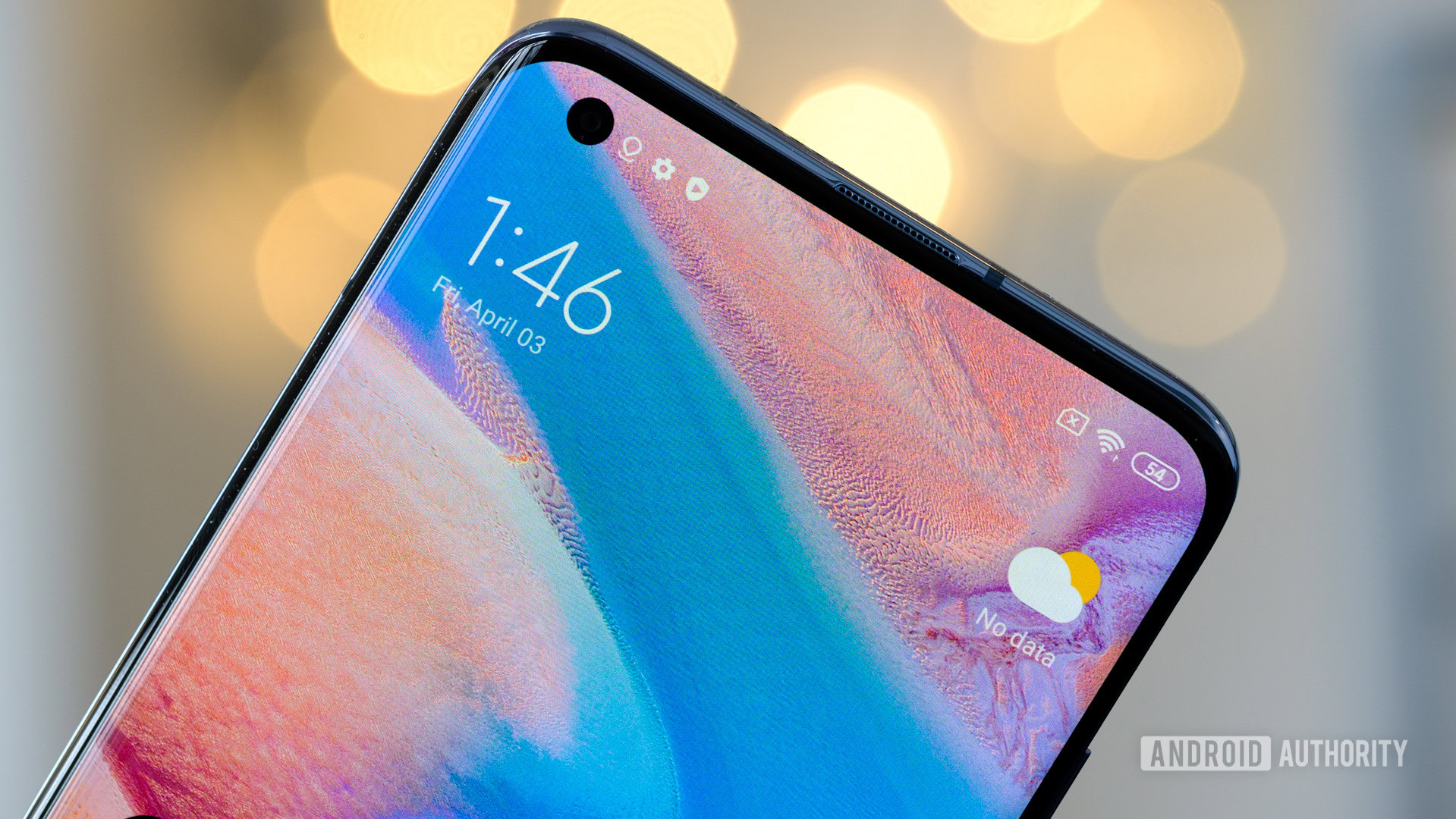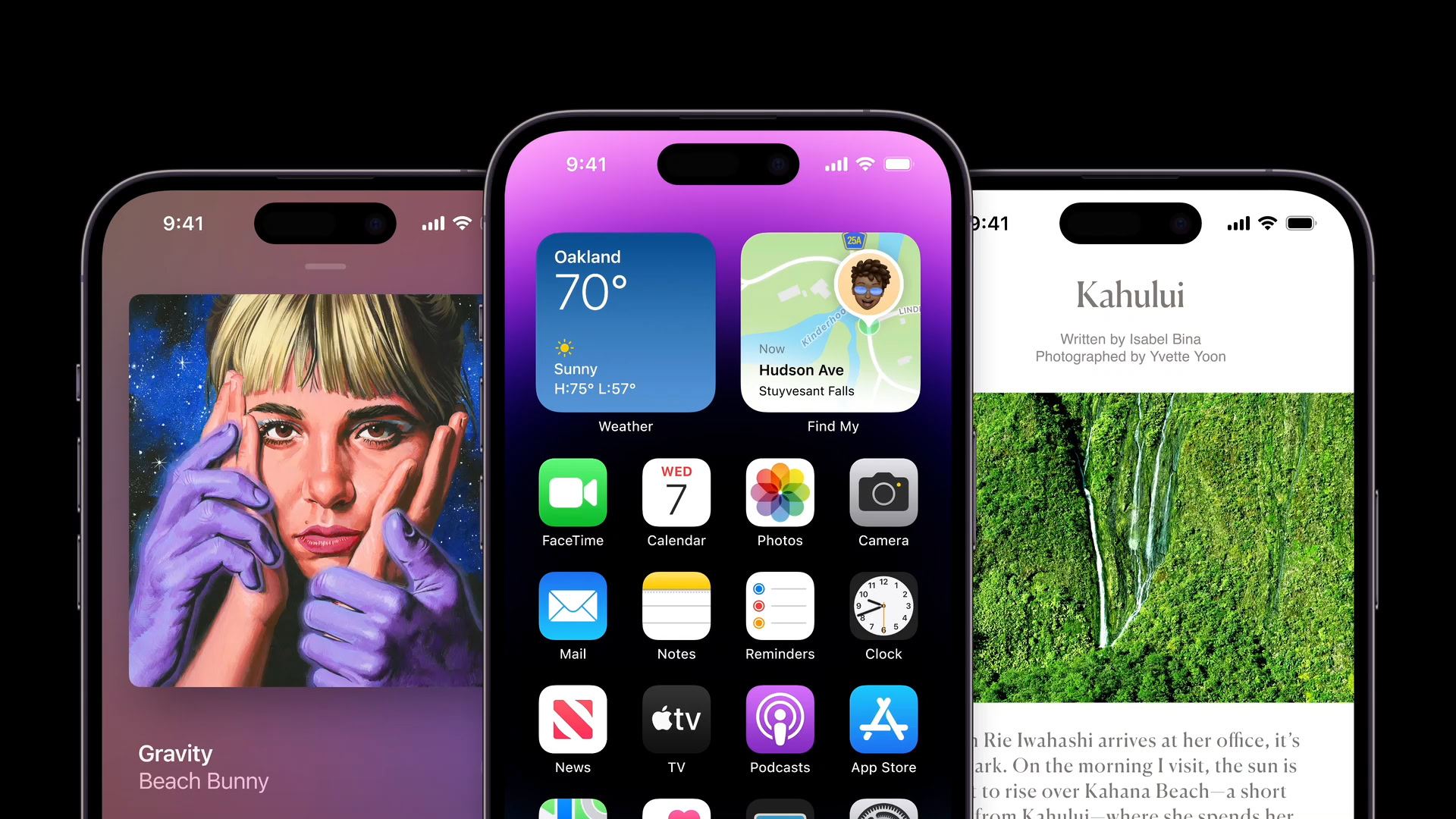Affiliate links on Android Authority may earn us a commission. Learn more.
Apple copied Xiaomi with these lesser-known iPhone 14 features

- Apple’s iPhone 14 series offers two features that first debuted on Xiaomi phones.
- These features are dual ambient light sensors and dual-frequency GPS navigation.
Apple is no stranger to adopting features after Android makers, such as the ultrawide rear camera, night mode, an app drawer, and live caption functionality.
We already know the company has grabbed a few more features from Android OEMs for the iPhone 14 series. Now, it turns out that Apple has also adopted two lesser-known features for the new phones. And both of these features were first implemented by Xiaomi.
Better auto-brightness with two sensors

Apple’s iPhone 14 series spec sheets show that all the phones now have dual ambient light sensors, with Mashable reporting that one sensor is on the front and one is on the back. This allows for more accurate brightness adjustments.
However, Xiaomi beat Apple and the rest of the smartphone industry to the punch with this functionality. Chinese outlet MyDrivers points out that the Mi 10 series debuted dual ambient light sensors back in early 2020 with the Mi 10 series of flagship phones.
“In complex lighting scenarios, more light source data is collected to obtain more accurate user ambient light data,” a Xiaomi executive said of dual ambient light sensors at the time of the Mi 10 series launch. This functionality has since arrived on devices from the likes of Google and Samsung.
Dual-frequency GPS comes to iPhones

Another feature available for the first time on iPhones is dual-frequency GPS functionality, landing on the Pro models. As the name implies, this tech uses two GPS frequencies for improved location accuracy on your smartphone (rather than just one frequency). This should also deliver faster location fixes when using the likes of Google Maps and other apps that are reliant on your location.
This is another feature that first arrived on smartphones via Xiaomi. In fact, the functionality debuted all the way back in 2018 on Xiaomi’s Mi 8 flagship. Dual-frequency navigation has since landed on several phones from OnePlus, Samsung, and others.
Better late than never

These are both pretty minor features for Apple to copy in the grand scheme of things. After all, there are bigger upgrades it’s grabbed from the Android landscape for the iPhone 14 series, such as a 48MP primary camera, display cutout, and super-steady video mode. But we’re still glad to see Apple catching up to Xiaomi and Android in this regard by adopting these capabilities.